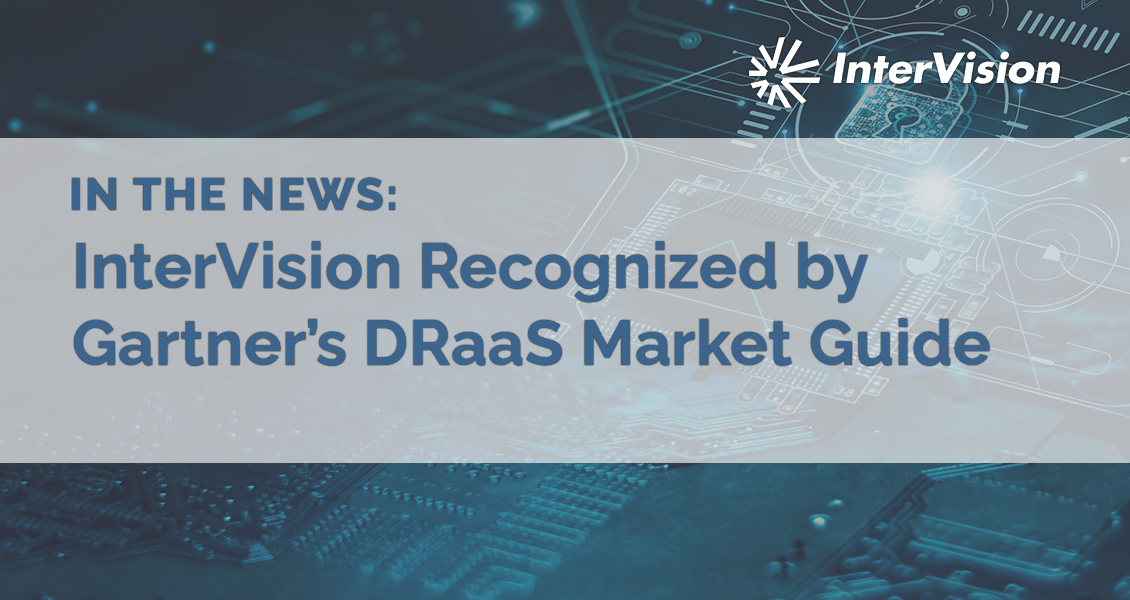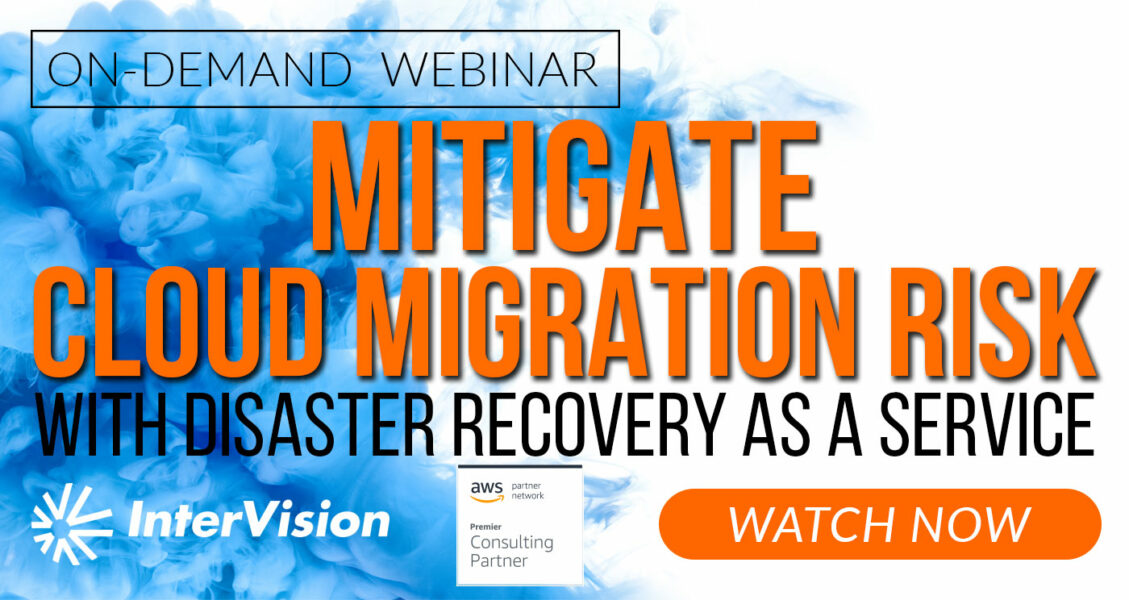InterVision received recognition in Gartner’s 2022 Market Guide for Disaster Recovery as a Service (DRaaS) as a Representative Provider.
NIST is helping organizations develop and implement effective cybersecurity programs through its five functional pillars: Identify, Protect, Detect, Respond, and Recover.
Businesses turn to DRaaS to ensure cloud resiliency from disruptions; harnessing the cloud in times of an outage. Geo-diversity is one of several factors that harden organizations’ resiliency. Read more …
Cloud resiliency relies upon strategic alignment in a fast-evolving threat landscape, protecting assets against exposure and downtime.
A cyber-attack requires a unique recovery, so it needs to be treated as a disaster and strategized with DRaaS.









